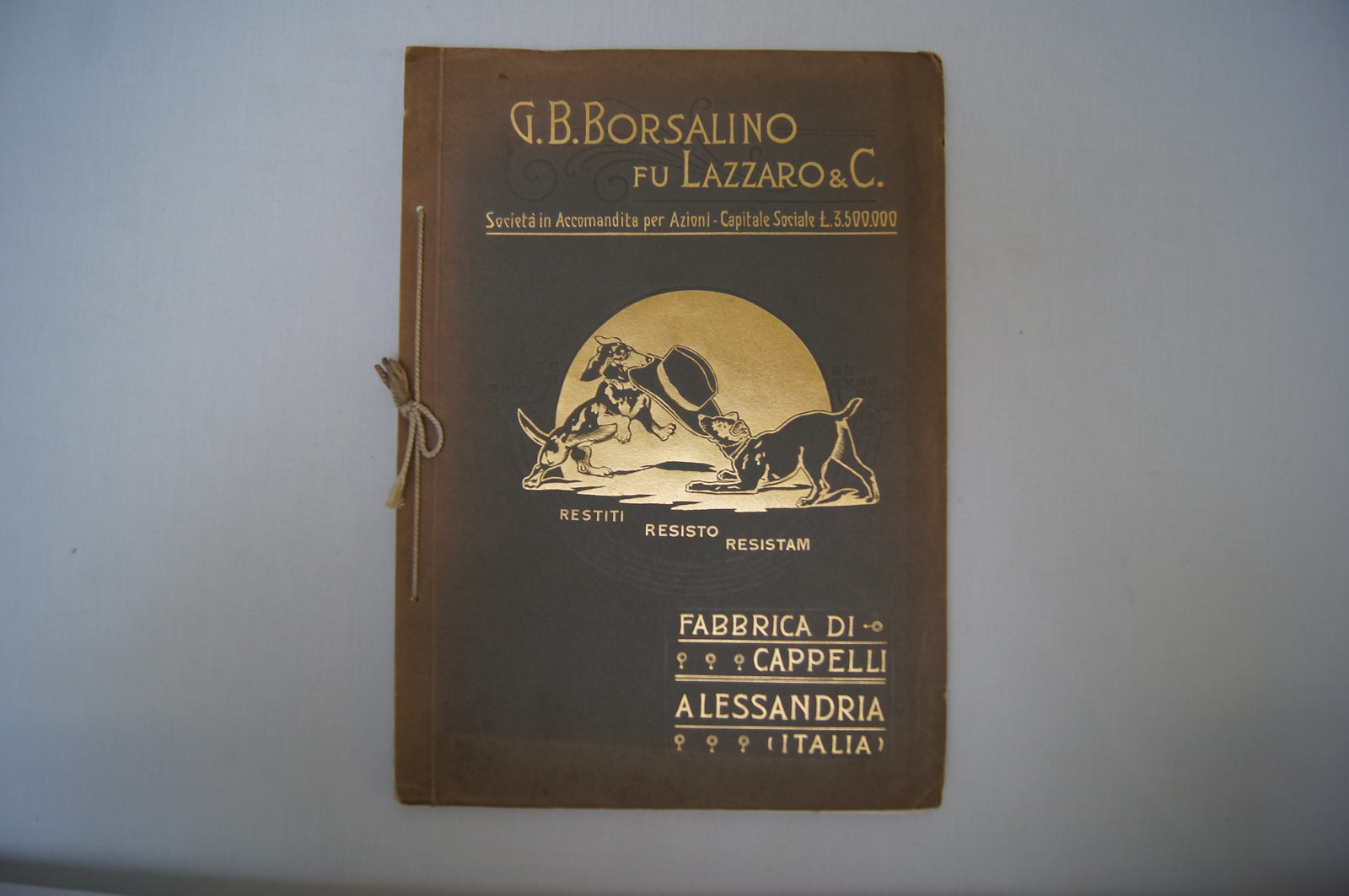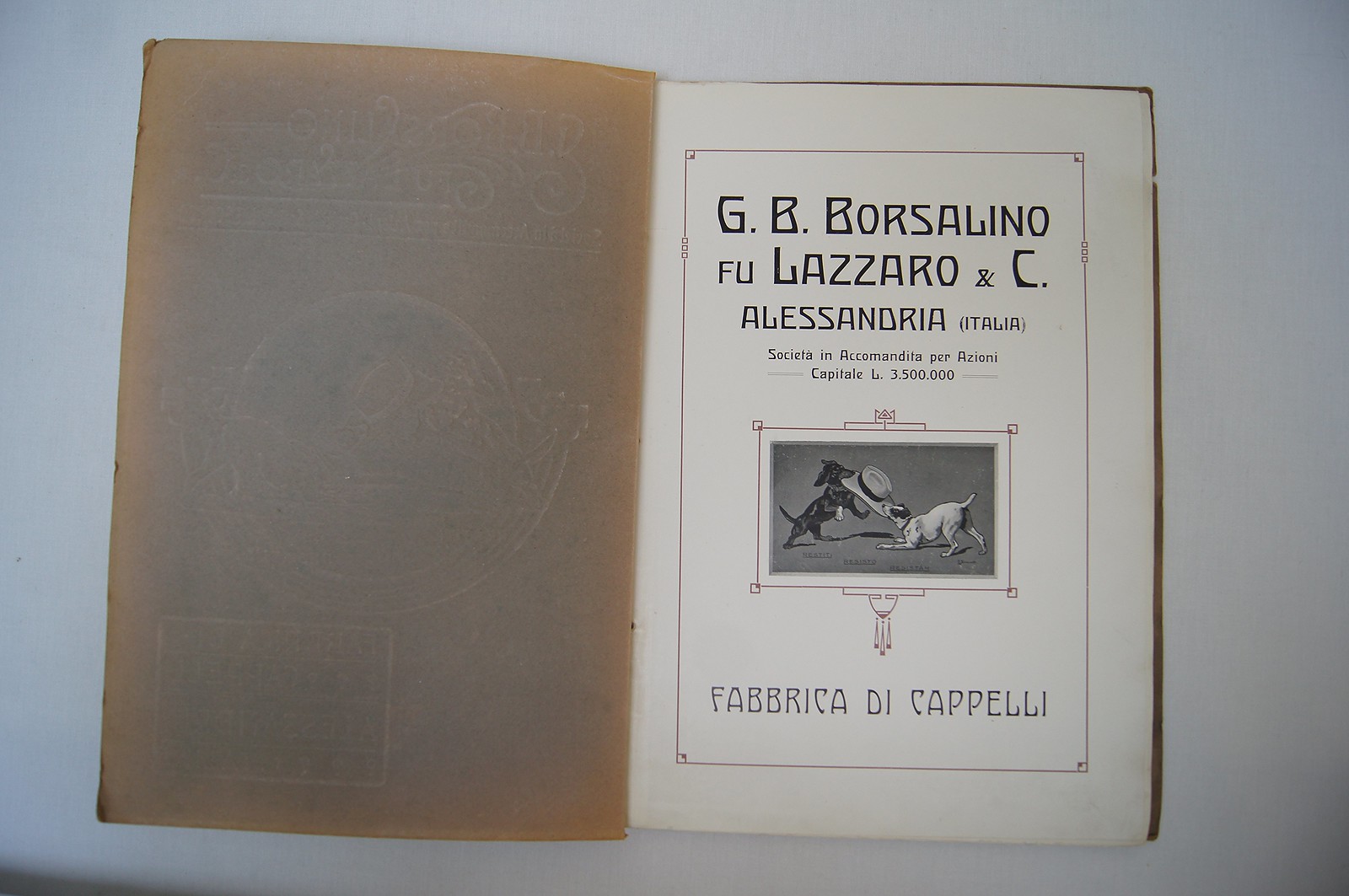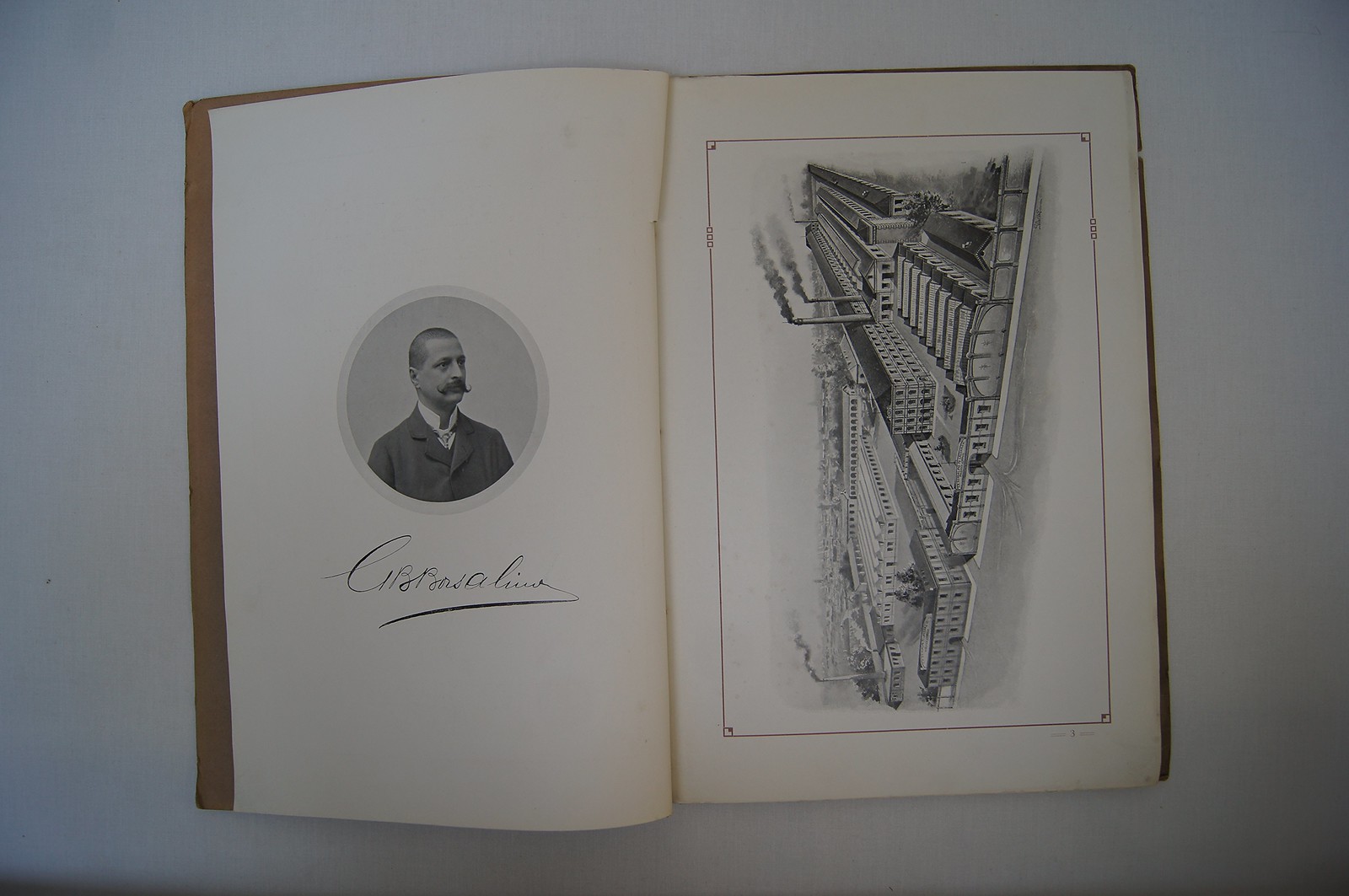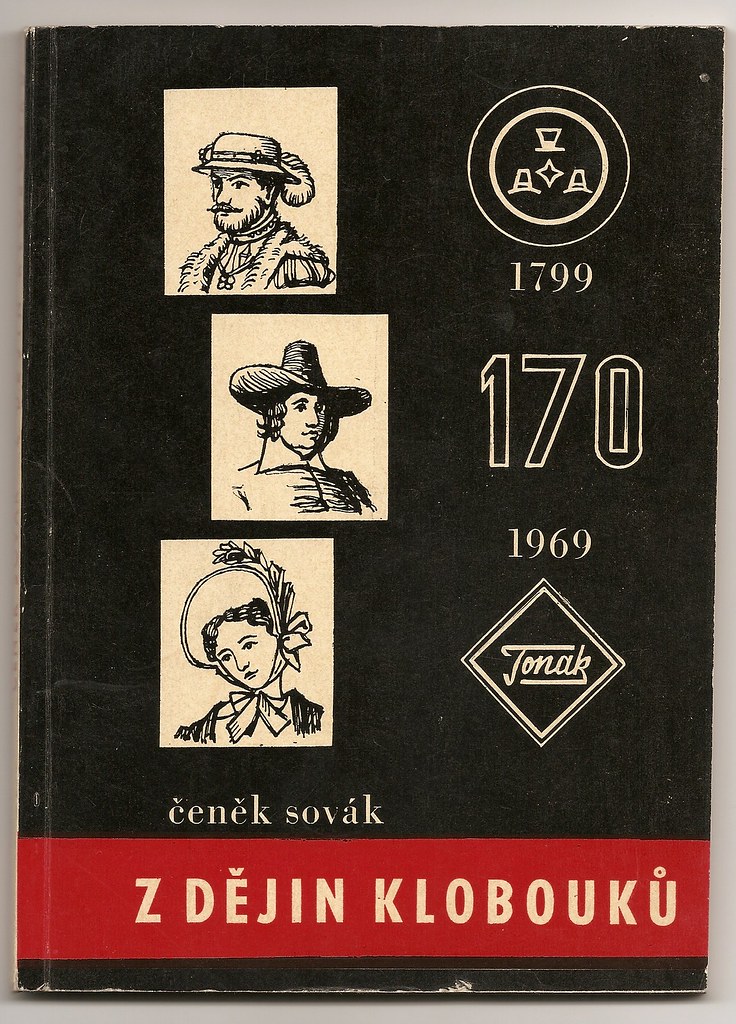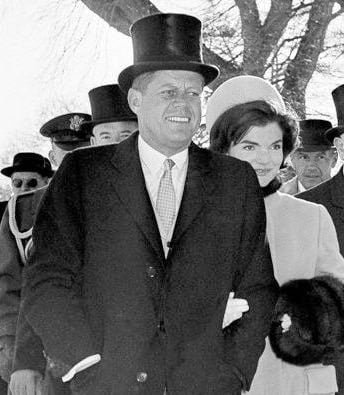- Messages
- 17,709
- Location
- Maryland
Karl Schulpig, THE HAT, Ten Original Woodcuts, Introduction By Walter F. Schubert, Autumn 1925. I was very lucky to find this back in 2016. "The images of this solution are from studies one of the largest hat factories "Berlin - Carl Goldfchmidt Hat Factory AG in Luckenwalde" of famous painter and graphic artist Karl Schulpig, - has drawn and later cut himself in wood."
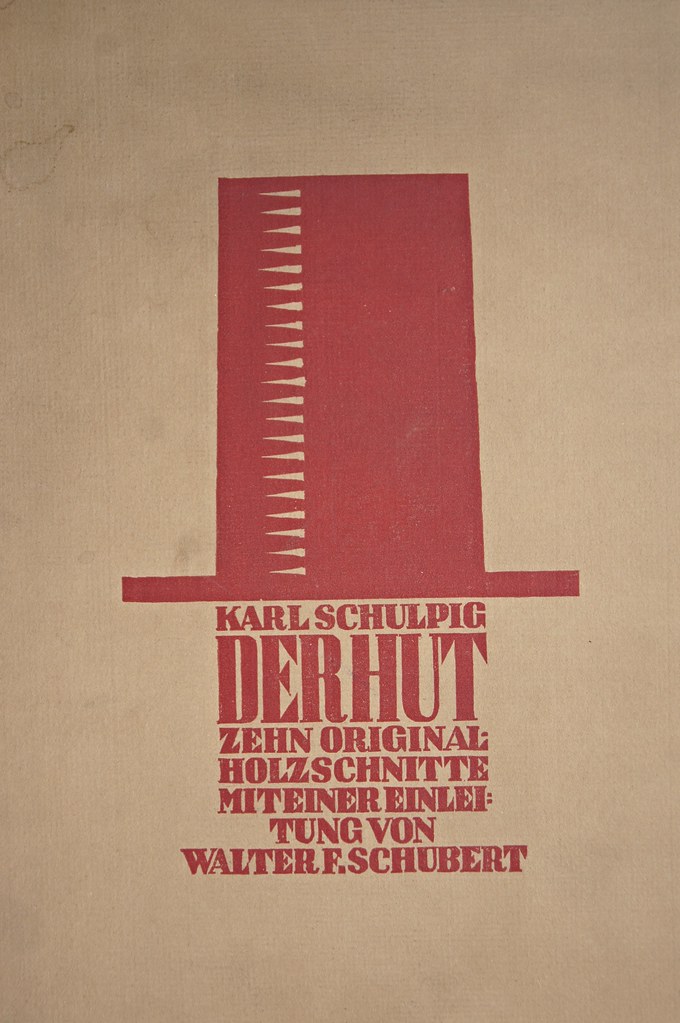
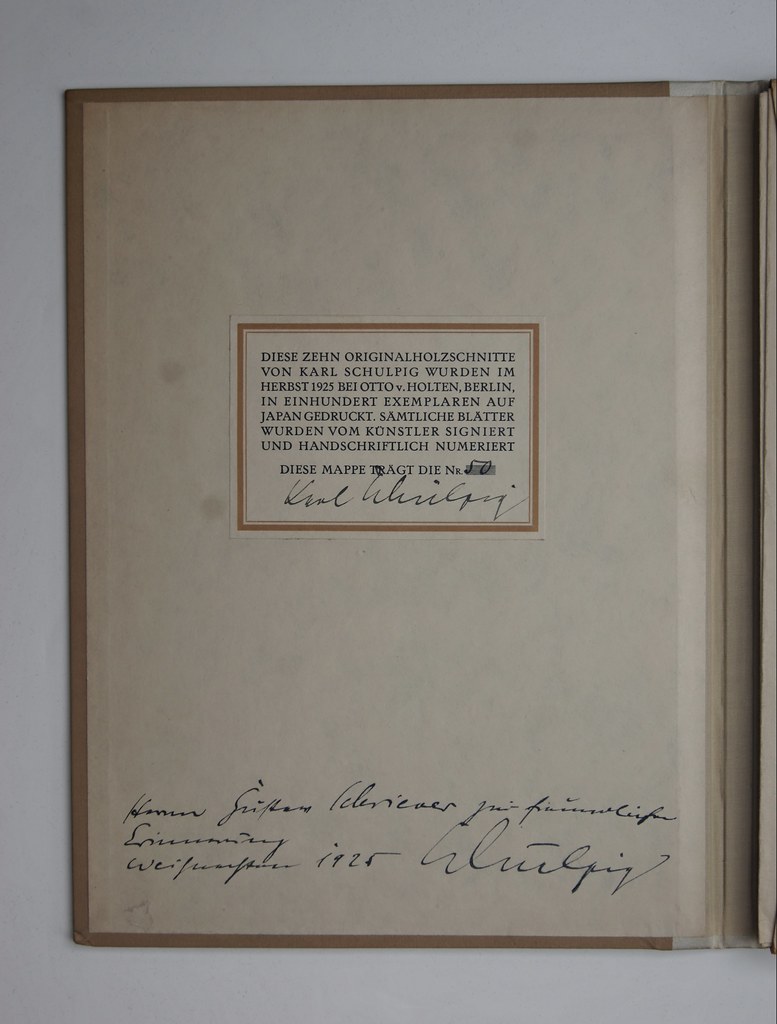
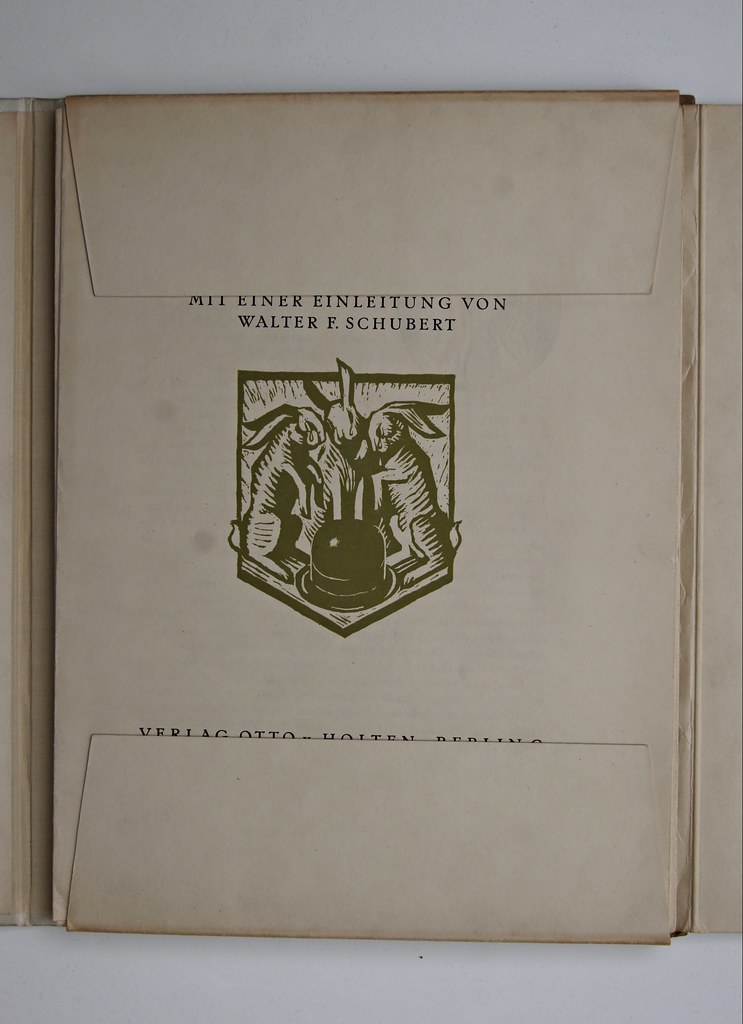
Hair Hat Fabrication (One of the the signed original Woodcut Prints)
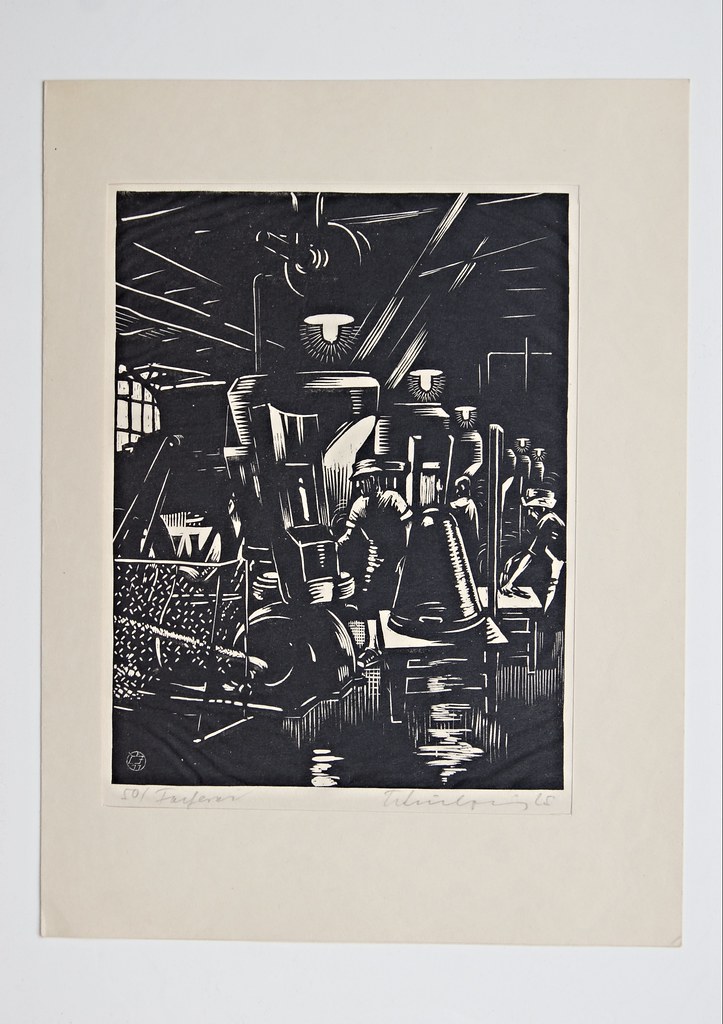
Karl Schulpig, THE HAT, Ten Original Woodcuts, Introduction By Walter F. Schubert, Autumn 1925. The translated text plus original Woodcut prints.



Hair Hat Fabrication (One of the the signed original Woodcut Prints)

Karl Schulpig, THE HAT, Ten Original Woodcuts, Introduction By Walter F. Schubert, Autumn 1925. The translated text plus original Woodcut prints.
Last edited:
